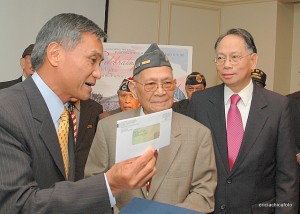Sandra Cantu was buried yesterday. Today is the public memorial.
Don’t you think it’s time to let Sandra, the Cantus and Tracy rest?
Wherever you are in the world, if you’ve been following the Sandra Cantu story in Tracy, Calif., maybe you should figure out why it means so much to you.
The Sandra Cantu story breaks my heart-in more ways than one.
I’m sorry, of course, for the little girl and her family. I have a family and daughters. I was a coach of many youth teams including little girls Sandra’s age. I knew how dear those girls were to their families. And I took my responsibilities seriously, protecting and caring for them as if they were my own.
Sandra Cantu could have been my prized center half-back.
I’m also sorry for Tracy, the town. Just a few years ago I got to know it like few others. As a bureau reporter for the major San Joaquin county paper, Tracy was my beat. I liked the feel of the little city of about 75,000, primarily a bedroom community for San Francisco and Silicon Valley. But there was also a core Tracy built around the ranches and orchards. It made for one of the most diverse communities in America. At the base were the ranchers, mostly from old Italian and Portuguese families. Mix in blacks from the South who came west in the ’40s and ’50s; Latinos and Filipinos who have worked the farmland.; Add to that all the new ethnic and economic refugees (the teacher/firefighter families) from the Bay Area seeking more affordable homes and simpler lives, and Tracy is about as reflective of the New America as it gets. Continue reading You don’t know Tracy: The mythologizing of Sandra Cantu

